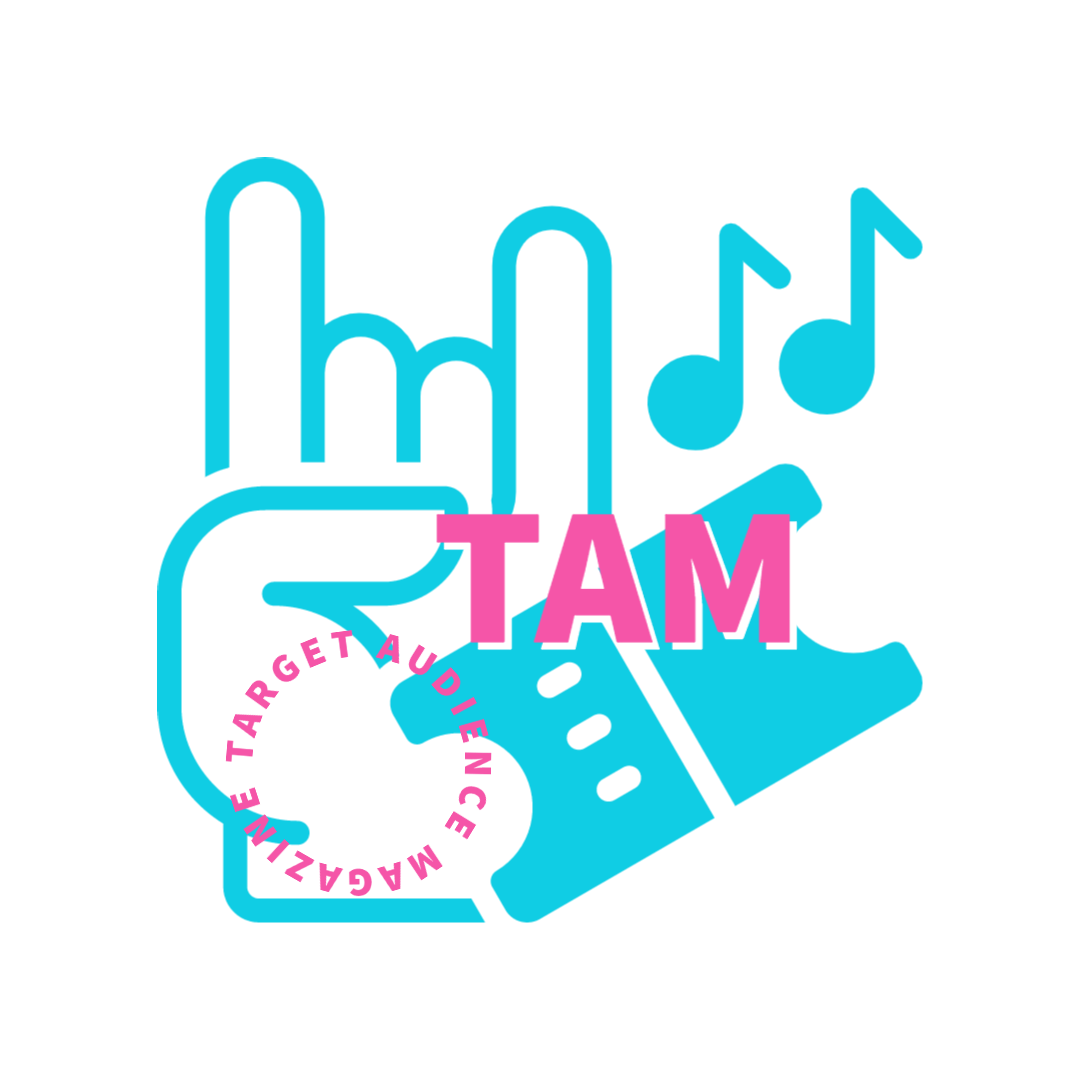
by David Feltman
Horror films have gained a nasty reputation of stereotyping women as little more than big-breasted fodder for serial killers, forever running upstairs when they should be running outside or reaching for the knife that’s right fucking there. And while sometimes this reputation is justifiable, it doesn’t hold true as often as you would think. Sure, the serial killer slaughters the slutty girl, but he also gets the dumb jock and the stoner guy, too. The only survivor in those films is unfailingly female because, well, they’re the stronger sex.
While horror films are exploitative by definition, there is a strong feminist current in the genre that is too often overlooked. So in preparation for this Halloween season, here are some films that put the “grrrrr” back in girl power.
“Teeth”
 With a heroine sporting a scary set of incisors down south, “Teeth” toys with castration anxiety and the vagina dentata mythos. The movie follows Dawn (Jess Weixler) through a series of formative sexual experiences. From a rapist boyfriend, to the incestuous advances of her older stepbrother, to a creepy first visit to a gynecologist office, Weixler encounters a series of feminine nightmare scenarios. Every male in this film has one thing on his mind, but Weixler is equipped to handle the situation. The film quickly turns the tables on the men in the audience, morphing what may have been a typical exploitation flick into an excruciating (if you have a penis) tale of female super empowerment.
With a heroine sporting a scary set of incisors down south, “Teeth” toys with castration anxiety and the vagina dentata mythos. The movie follows Dawn (Jess Weixler) through a series of formative sexual experiences. From a rapist boyfriend, to the incestuous advances of her older stepbrother, to a creepy first visit to a gynecologist office, Weixler encounters a series of feminine nightmare scenarios. Every male in this film has one thing on his mind, but Weixler is equipped to handle the situation. The film quickly turns the tables on the men in the audience, morphing what may have been a typical exploitation flick into an excruciating (if you have a penis) tale of female super empowerment.
“Paranormal Activity 3”

Throughout this haunted house series, the men of “Paranormal Activity” have consistently been the dim-witted agitators of the supernatural. Like a kid picking at a scab, as soon as the evil presence starts slamming doors the guys break out the Ouija board and fires the ghost-savvy nanny against their wives’ better judgment. The third film, however, proves to be the most intriguing of the set. Unraveling the mythology behind the films, we learn, SPOILER ALERT, the women belong to a demon-summoning coven that sacrifices the males of their line for wealth and power. How’s that for subjugating the patriarchy?
“Inside” “Grace”


Though ostensibly a joyous occasion, few experiences can inspire as much terror and anxiety as a pregnancy. Like “Rosemary’s Baby” before them, both “Grace” and “Inside” delve deep into that dread to deliver some real psychological torture. Both movies feature newly pregnant, single mothers coping in the aftermath of car accidents. But that’s where their similarities end: “Inside” explores some seriously violent nesting instincts and accidental matricide during a home invasion.
On the other hand, the mother of the titular Grace, a stillborn zombie-like product of a car crash, goes to extraordinary lengths to protect her baby’s seemingly undead well-being. Both films are fascinating and intense testament to the strength of a mother’s protective impulses and neither would be recommended viewing for expecting mothers. God knows pregnancy is stressful enough.
“Behind the Mask: The Rise of Leslie Vernon”

Akin to the French “Man Bites Dog,” “Behind the Mask” is a faux documentary with the filmmakers recording the methods of a slasher in the vein of Jason or Freddy. But “Behind the Mask” skins, lampoons and pays homage to the Slasher sub-sub-genre in ways that makes “Scream” seem juvenile. In what may arguably be considered as reading way too much into a simple formula, “Behind the Mask” imbues slasher films with Jungian psychology and feminist metaphors. Its final, non-too-subtle thesis states that the “survivor girl” robs the killer of his phallic “weapon” and strikes him down with it, thus empowering herself in the process. The ultimate hope of the killer is to sacrifice himself on the altar of this budding femininity so that he may be reborn to start the cycle over. Who knew Jason Voorhees and Gloria Steinem had so much in common?
“Suspira”

The Dario Argento classic features an almost entirely female cast and trades more in psychedelic psychoses than a true plot line What little story line there is involves a new student of an Italian ballet school run by one of the three most powerful witches in existence. What lies underneath this thin plot is an involved look at the interactions of adolescent females trying to discover themselves. The males in the cast are eliminated expeditiously while the young women try to adjust to the externalized turmoil of their school’s conditions. Anxieties involving intimacy, body image, social status and sexuality abound. This movie is “Carrie” on acid.
There are more movies to cover here than time and space will allow. Films such as “May,” Ginger Snaps,” “Jennifer” and “Silent House” (the original Uruguayan version, not the American remake) are all excellent examples of strong, positive feminist horror films. Many recent genre films, such as “Cabin in the Woods,” have become hyper aware of the traditional stereotypes and gender roles. With such gender consciousness seemingly alive and well on the big screen, I’m left with only one question: Why are all of these films directed by men?
